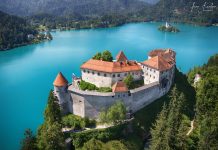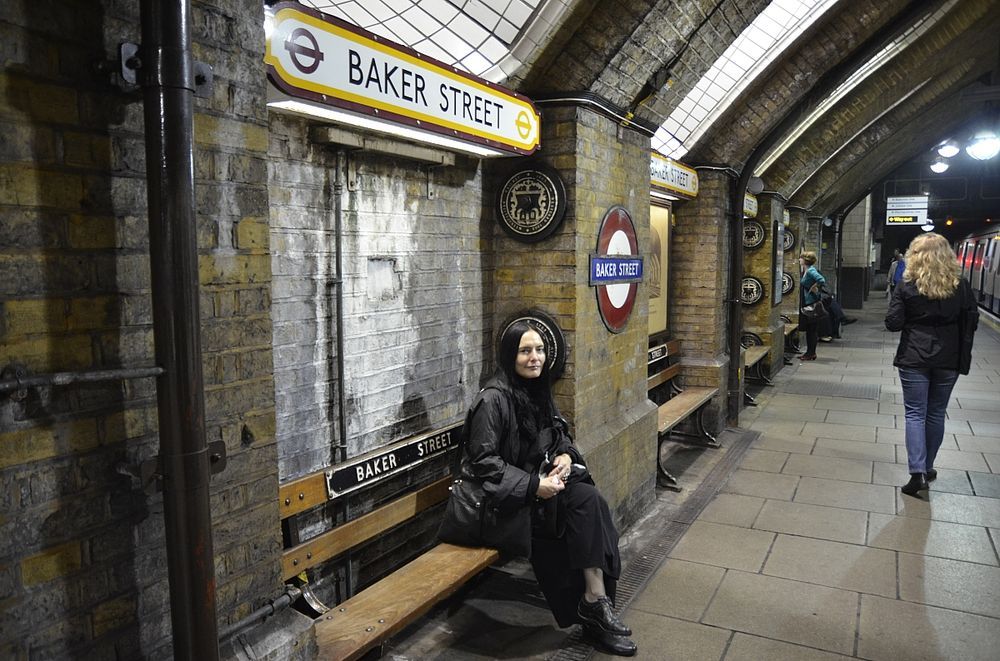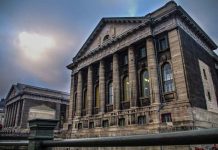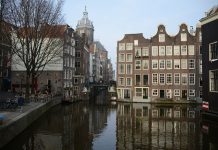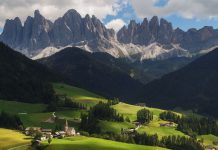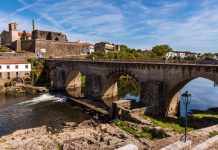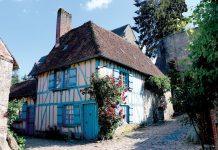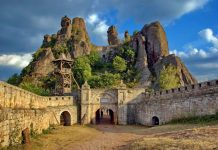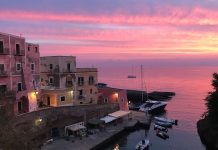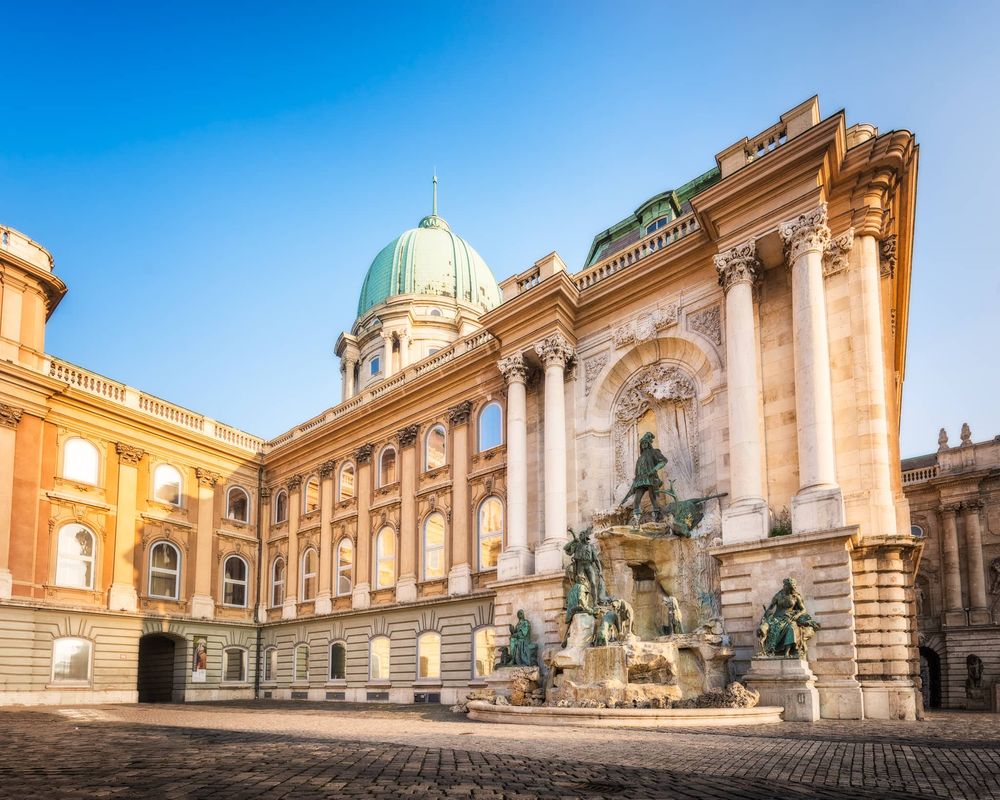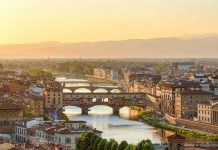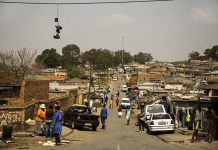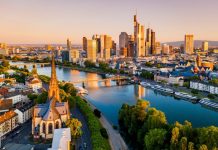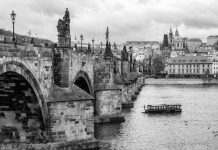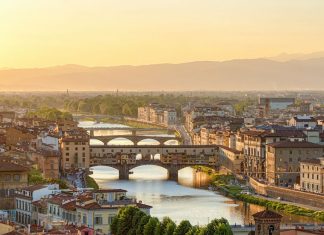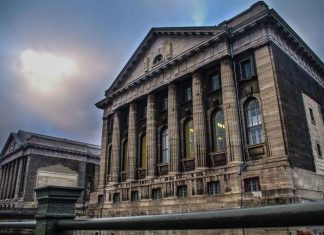Castle Hill and the Old Town
Castle Hill is a 1,5km long hill, overlooking the Danube.The Old Town occupies the larger part of Castle Hill – it is also referred to as the Buda Castle; the Royal Palace occupies the southern portion. Old Town is Budapest’s primary tourist attraction. It has been on UNESCO’S World Heritage List since 1987. Castle Hill
The Fishermen’s Bastion
The Neo-Romanesque Fishermen’s Bastion, located behind the Mátyás Church, was erected between 1895 and 1902. During the Middle-Ages the fish-market was located next to the church, and the Fishermen’s Guild was responsible for defending the adjacent section of the fortification. Fishermen’s Bastion
Matthias Church
The Matthias Church is one of Budapest’s, and Hungary’s, most important religious monuments. Numerous important historical events have taken place within its walls. Known officially as Buda Castle’s Church of Our Lady Mary, or as Buda Castle’s Coronation Church – it is commonly referred to as the Mátyás church. Matthias Church
The Budapest History Museum – Castle Museum
The Budapest History Museum can be found in the former Royal Palace. The exhibits in the Museum range from the excavated and restored remnants of the medieval Royal Palace, to the sculptures from the Gothic period Palace, and to exhibits based on the city’s history. Budapest History Museum
The Tower of the Church of Mary Magdalene
The Church, dating from the middle of the 13th century, originally served as the parish church for the Hungarian citizens of the town (the Mátyás Church was for the use of the town’s German citizens). During the 14th and 15th centuries it was enlarged several times. Church of Mary Magdalene
Gellért Hill
Gellért Hill is a very popular beauty spot, the top of which can be accessed via tourist tracks from several sides. This dolomite hill, towering over the Danube between the Elizabeth (Erzsébet) and Liberty (Szabadság) Bridges, offers panoramic views of the Danube Valley and over Pest. Gellért Hill
Citadel
The 220m long, 45-60m wide Citadel was erected on the top of Gellért Hill by the Habsburg forces, following the suppression of the 1848-49 uprising. The Liberation Monument at the foot of the Citadel, the central figure of which is a woman holding a palm-leaf aloft, was erected in 1947 to commemorate the liberation of the capital by the Russian forces. Citadel
Gellért Baths
The 13 mineral springs supplying the Gellért Baths with water at a temperature varying between 27°C and 48°C. Besides the medicinal baths, there are also effervescent bath – as well as an outdoor swimming pool featuring a wave machine which operates for 10 minutes every hour. Gellért Baths
Gül Baba’s Tomb
Gül Baba was a dervish who died shortly after the fall of Buda to the Turks. His tomb, built between 1543 and 1548, is one of the capital’s most well-known historic monuments dating from the time of the Turkish occupation. It is, to this day, one of the important pilgrimage sites for Moslems. Gul Baba Tomb
Úri Street
Once known as Mindszent Street, Úri Street runs between Kapisztrán and Disz Squares, on the western side of Castle Hill. Most of its houses date from the Middle Ages. Some of the buildings are Baroque> medieval appearance. Uri Street
Medieval Synagogue of Buda
The first Jewish families settled within the precincts of Buda Castle in the middle of the 13th century, during the reign of Béla IV; they occupied the area from the former Zsido (Jewish) Gate, to the Szent György Street – earlier known as Zsido Street. Medieval Synagogue of Buda
Buda Castle – Dominican Friary ruins
The Dominican friary of the Buda Castle was one of the most important centres of the order. Its church had served as a central place of worship of the Castle during the Middle Ages. There had been a Dominican Seminary in the friary, the educational standard of which was the same as that of the contemporary universities. Dominican Friary Buda Castle
Hungarian National Gallery
Located in the former Royal Palace on Castle Hill since 1975, the Gallery provides a broad oversight of the history of Hungarian painting and sculpture. With approximately 100 thousand exhibits, the Gallery currently has the most complete fine arts collection in Hungary. Hungarian National Gallery
Király Baths
The Baths are one of Budapest’s most important Turkish monuments. Arszlán Pasha began its construction in the middle of the 16th century. The dome covered pool has been functioning continuously as a baths. Király Baths
Franciscan Friary and Church, Buda
The present Franciscan church of Buda has medieval origins, though its original building was situated not on its current place but in a site of the Buda Castle. The present complex is a characteristic monument of the inner city of Budapest on the Buda side. Franciscan Church Buda
Országház Street
The street, which starts at the Holy Trinity Square (Szentháromság tér), already served as one of the main thoroughfares of the castle during the Middle Ages. Initially it was called “Italian Street” because of the number of Florentine craftsmen living there Orszaghaz Street
Császár Baths
The Baths are a monument of Turkish origin. The use of the baths for medicinal treatment occurred from relatively early on; its mud-baths were already operating in the first-half of the 20th century. The waters are sourced from the wells of the Lukács Baths wells, and from the Magda-Spring on Margit Island. Császár Baths
Pauline Monastery and Rock Chapel
The church carved in rock in 1926 as imitation of the cave of Lourdes at the southern slope of Gellért Hill, and the Pauline monastery built in 1934 are important stages in the twentieth-century reorganisation movement of the order. Rock Chapel
Capuchin Church
The church dates from the Middle Ages. During the Turkish occupation it was converted into a mosque. Portions of the onetime mosque, particularly portions of the door and window frames, can still be clearly seen in the south wall of the church. Capuchin Church
Lukács Baths
The orders of knights who settled here to treat the sick, used the medicinal springs as early as the Middle Ages, in medicinal baths which they built adjacent to their monasteries.Its medicinal waters are mainly effective in treating joint and muscle damage. Lukács Baths
House of Future / The former Millenáris Park
Located in Marczibányi Square, the Millenáris Park was originally the site of the Ganz Electrical Works Factory. As part of the rehabilitation of this industrial area, a 3,5 hectare park was established, with a large exhibition hall. House of Future
Golden Eagle Pharmacy Museum
A pharmacy, known as the “Golden Eagle”, already functioned in this medieval building from the middle of the 18th century. The Museum, which was opened in 1974, displays items used in pharmacies during the late-medieval and Baroque periods. Golden Eagle Pharmacy Museum
Rudas Baths
Baths at this site had been established during the Middle Ages, utilising the medicinal springs at the foot of the Gellért Hill. These were completely rebuilt during the Turkish occupation. The octagonal pool, built during Musztafa Szokoli Pasha’s rule, is one this country’s most beautiful monuments of Turkish origin. Rudas Baths
Saint Anna Church
This church with its two towers, located on Batthyány Square, is one of the city’s most significant baroque historic monuments. Work on it was started in 1740, but it was only consecrated in 1805. Saint Anne Church
Red Hedgehoge House
Located at No3 András Hess Square, the building gained its name from the Reg Hedgehog Inn which was located in it, and which, up to 1785, was the only such establishment within the castle – from 1760 it also served as Buda’s first theatre. Red Hedgehoge House
Franciscan Monastery – Úri Street
The onetime Franciscan Monastery was built in the first third of the 18th century; it was later converted into offices. Franciscan Monastery – Buda Castle
Hess András Square No4 Building
The building, and the square, were named after an Italian printer from Rome. He was the first to print a book in Hungary, in 1473 – the Buda Chronicle (Chronica Hungarorum). Hess András Square No4 Building
Holy Trinity Column
The Column, which stands in the middle of Holy Trinity Square, was sculpted by Fülöp Ungleich and Antal Hörger between 1710 and 1713, in the Baroque>
St. István Statue
The statue of St.István, sculpted by Alajos Strobl in 1906, can be found in front of the Fishermen’s Bastion.The relief works, on the white-marble pedestal of the statue, depict the more significant events from the reign of Hungary’s first king. St. István Statue

